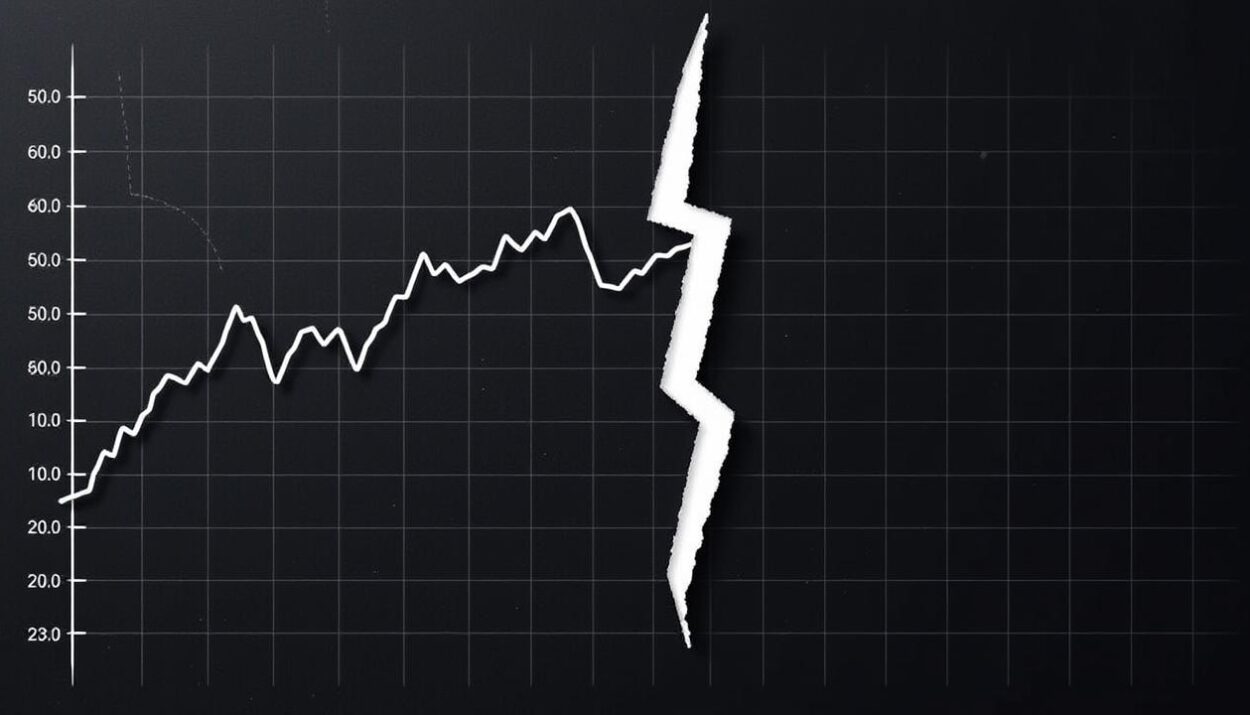Ethereum’s Uncertain Future: A Rollercoaster Ride for Investors
Ethereum, once the undisputed leader in the cryptocurrency market, is facing an identity crisis. With the rise of “Ethereum killers” like Solana, the altcoin market has turned into a chaotic battleground for liquidity. Despite this, Ethereum still boasts a strong developer army and a robust security system that institutions love.
Short- to Mid-Term Outlook: ETH’s Revenge Pump?
The market has been throwing mixed signals, making it difficult for investors to predict Ethereum’s next move. On one hand, bulls argue that institutional players are quietly accumulating Ethereum, setting up the perfect short squeeze to send ETH flying. On the other hand, bears see a slow-motion train wreck, with traders hedging against potential downside as ETH struggles to reclaim dominance.
Some key factors fueling the chaos include:
- Ethereum ETF inflows have been stacking up, showing that institutional players are accumulating despite broader market hesitations.
- Hedge fund shorts have surged, ramping up aggressively—either as a defensive hedge or a high-stakes bet that ETH still has room to bleed.
One thing remains certain: Ethereum is still clinging to a multi-year trendline that has survived countless market cycles. If it holds, expect fireworks. If it snaps, the altcoin market might be in for a reckoning.
Debunking Common ETH FUDs
Several common concerns about Ethereum have been circulating in the market. Let’s examine the facts:
“ETH is slow and expensive.”
While it’s true that Ethereum’s average transaction fee is $1, compared to Solana’s $0.0008, high fees mean demand. If fees were rock-bottom, it would mean no one wants to use ETH.
“ETH is too complicated.”
Ethereum may be the nerd of the crypto world, but that’s exactly why it dominates DeFi, stablecoins, NFTs, and DAOs. It’s the playground for innovation, and its complexity is a strength, not a weakness.
“ETH liquidity is fragmented thanks to L2s.”
Ethereum’s L2 explosion has led to concerns that the mainnet is becoming obsolete. However, L2s aren’t a death sentence; they’re a scaling strategy.
ETH’s Underperformance and Institutional Play
Ethereum’s spot ETFs have been sluggish, and ETH/BTC has been in a downtrend since September 2022. However, institutions are realizing that decentralization, security, and long-term innovation aren’t just buzzwords. Once spot BTC ETFs rake in billions, some of that cash will rotate into ETH.
The Petra upgrade coming in H1 2025 could be a potential catalyst for ETH’s long-overdue breakout.
ETH/BTC: The Ultimate Strength Test
Ethereum’s real strength is in its Bitcoin pair. And, well… it’s been ugly. ETH/BTC has been bleeding out for almost three years. The one saving grace? A multi-year trend of higher lows—until November 2024, when ETH broke below it.
If things go south—and let’s be real, they already are—ETH could be staring down 0.017 BTC if the slide continues—a level not seen since 2020. And if that happens, expect an altcoin massacre of biblical proportions.
How High Can ETH Go?
If we take BTC’s 1.618 Fibonacci extension (which pinned BTC at $102K), the same model puts ETH at $7,300 for 2025. Is this reasonable? Absolutely. Is it guaranteed? Not a chance.
Traders should remember one thing—price targets should be ruthlessly unemotional. As the market evolves, so should your bias. If ETH shows strength, ride the wave. If it breaks down, cut it loose.
Final Take: Is ETH Still Cool?
Ethereum may not be the most popular kid on the playground right now, but it still runs the game in security, decentralization, and institutional adoption. If you’re betting on Ethereum long-term, you’re betting on the fact that the crypto industry will prioritize stability over speed.
Short term? Trade carefully. Long term? The king of smart contracts isn’t dead yet.
Stay up-to-date with the latest news and insights on the cryptocurrency market at Global Crypto News.
























